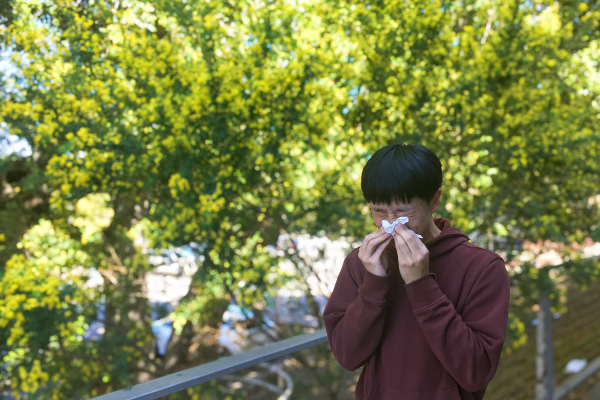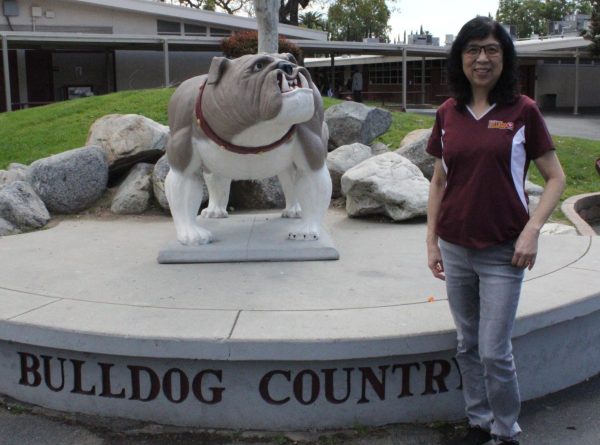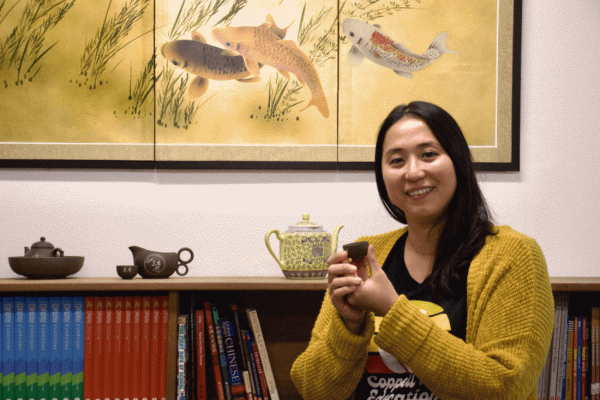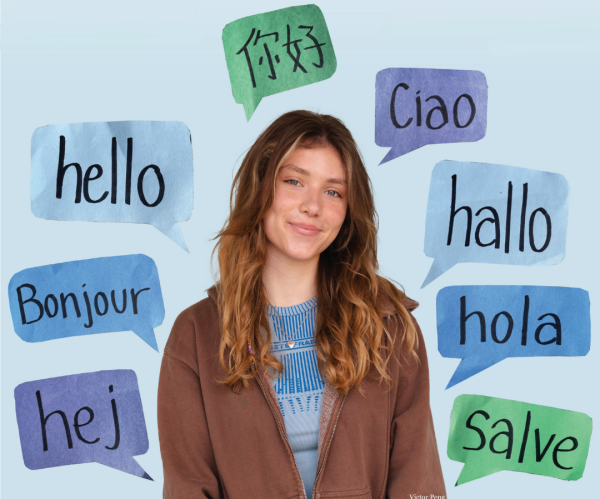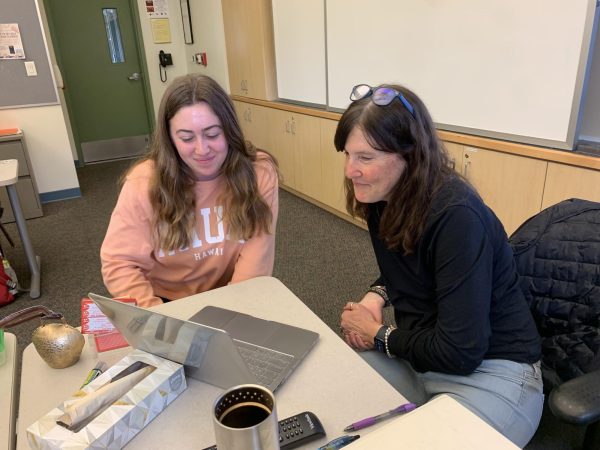School in the Time of COVID-19
A look into how schools across the world have adapted to the circumstances of COVID-19
October 14, 2020
The new school year has begun for students across the world in recent weeks. Due to the COVID-19 pandemic, they return to circumstances they have never seen before. The Paw Print reached out to students in Spain, Japan, and Kyrgyzstan to find out how these countries are handling school in these unprecedented times.
Schools in every country have adapted to the pandemic in very different ways.
Irene Perez Guerrero is an 11th-grade student from Seville, Spain who has only been back in school for a week. Spain has seen over 700,000 COVID-19 cases over the course of the pandemic.
“I’m now going to in-person school again with social distancing and masks,” Perez Guerrero said. “We go everywhere with masks. Spain is one of the countries that COVID-19 has affected the most.”
Yuko Nagakura, a Year 11 student, was attending school in Japan when the pandemic hit. In mid-March, schooling in Japan was switched from in-person to online.
“Half of my classes were live and for the other half, we were just given worksheets to do…It was pretty bad,” Nagakura recounted. “That’s when it became clear to me. If we were going to be locked down for any longer… I didn’t want to be taught by teachers who didn’t have a lot of experience teaching online.”
Nagakura made the decision to enroll in a full-time online school based in New Zealand.
Gulnazik Bakhramova attends online school in Kyrgyzstan, where classes are conducted over the messaging app WhatsApp.
“Sometimes it’s very difficult to get any internet, especially in the villages,” Bakhramova said. “Everybody is studying via WhatsApp; we don’t use Zoom.”
The unique ways that schools in each of these countries handle COVID-19 have also brought on unique challenges. In each country, these challenges are different.
Nagakura has noticed some unexpected outcomes of her full-time New Zealand online schooling.
“I do feel more stress. I underestimated the breaks that transportation and lunch were giving me. They were helping me stay focused in my studies,” Nagakura stated. “Doing eight hours straight of academics is [harder than] I expected it to be.”
In Kyrgyzstan, for every class a student takes, they have a WhatsApp chat. All teaching is done through messaging on these chats because for most students using Zoom is not an option. In Kyrgyzstan, technological difficulties prove to be a large obstacle.
“Not many people understand Zoom. It’s been a big challenge for our teachers to understand how to use Zoom and explain it to younger students.” Bakhramova said. “We have like fourteen classes for our fifth graders… and even more for seniors. This is a challenge for our teachers.”
COVID-19 has changed the social lives of students, both in full-time online school as well as in-person school. One way students were able to socialize in a pre-COVID-19 world was through extracurriculars, but these have been radically changed.
Although back at in-person school, Perez Geurrero has stated that “My school has removed extracurricular activities to avoid more infections.”
“I don’t socialize as much,” Nagakura said of full-time online school. “[Socializing] sometimes almost feels like a task.”
In such uncertain circumstances, schools across the world are conducted in very different ways. It is a learning process for everybody involved.
“We don’t have a lot of information [right now],” Perez Geurrero stated. “As we [have more school] we will all get more information about the process.”
This story was originally published on The Paw Print on October 13, 2020.
































![IN THE SPOTLIGHT: Junior Zalie Mann performs “I Love to Cry at Weddings,” an ensemble piece from the fall musical Sweet Charity, to prospective students during the Fine Arts Showcase on Wednesday, Nov. 8. The showcase is a compilation of performances and demonstrations from each fine arts strand offered at McCallum. This show is put on so that prospective students can see if they are interested in joining an academy or major.
Sweet Charity originally ran the weekends of Sept. 28 and Oct. 8, but made a comeback for the Fine Arts Showcase.
“[Being at the front in the spotlight] is my favorite part of the whole dance, so I was super happy to be on stage performing and smiling at the audience,” Mann said.
Mann performed in both the musical theatre performance and dance excerpt “Ethereal,” a contemporary piece choreographed by the new dance director Terrance Carson, in the showcase. With also being a dance ambassador, Mann got to talk about what MAC dance is, her experience and answer any questions the aspiring arts majors and their parents may have.
Caption by Maya Tackett.](https://bestofsno.com/wp-content/uploads/2024/02/53321803427_47cd17fe70_o-1-1200x800.jpg)
![SPREADING THE JOY: Sophomore Chim Becker poses with sophomores Cozbi Sims and Lou Davidson while manning a table at the Hispanic Heritage treat day during lunch of Sept 28. Becker is a part of the students of color alliance, who put together the activity to raise money for their club.
“It [the stand] was really fun because McCallum has a lot of latino kids,” Becker said. “And I think it was nice that I could share the stuff that I usually just have at home with people who have never tried it before.”
Becker recognizes the importance of celebrating Hispanic heritage at Mac.
“I think its important to celebrate,” Becker said. “Because our culture is awesome and super cool, and everybody should be able to learn about other cultures of the world.”
Caption by JoJo Barnard.](https://bestofsno.com/wp-content/uploads/2024/01/53221601352_4127a81c41_o-1200x675.jpg)




